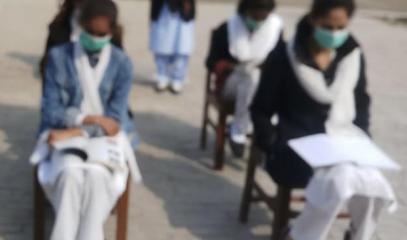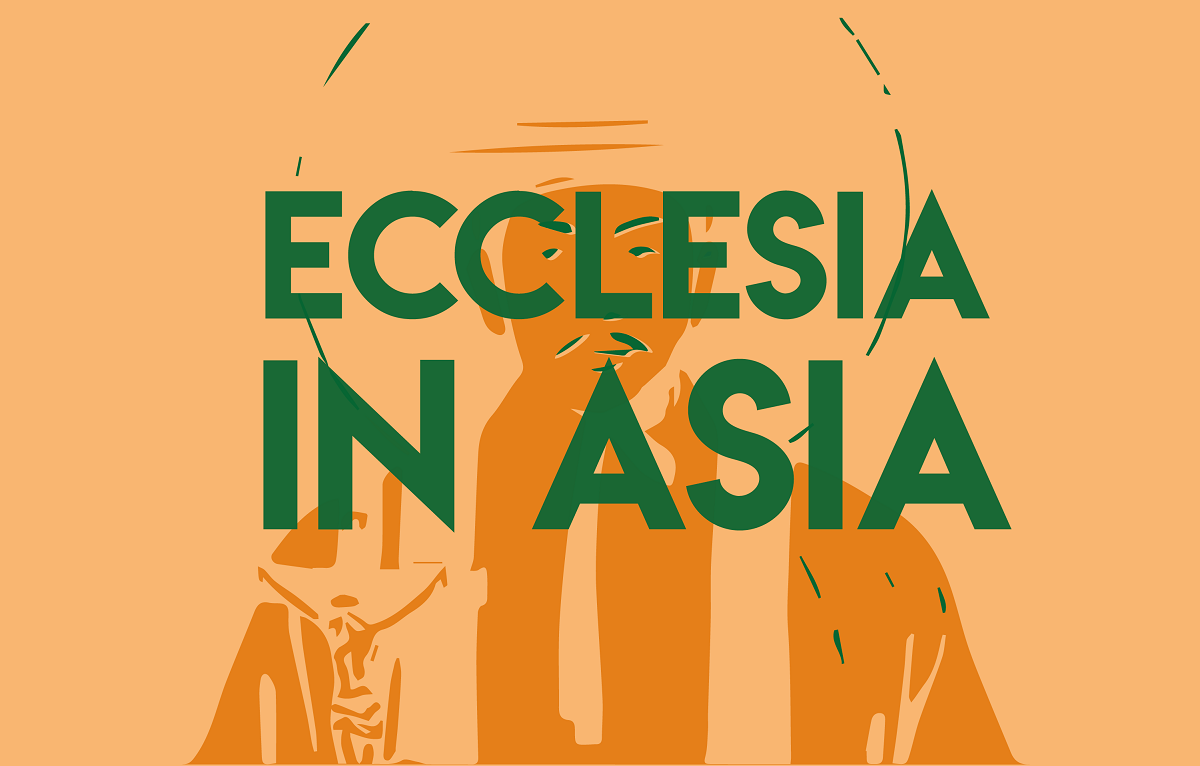Faisalabad: in the 'village of martyrs' a Catholic school for poor and orphaned girls
The St Dominic Institute in Khushpur, active since 1975, accommodates 170 students from first to tenth grade, of whom 15 are Muslim. The centre is located in the village that was the birthplace of Shahbaz Bhatti and Bishop John Jospeh. The aim is to provide 'quality' education to ensure a 'better' future for the whole society.
Faisalabad (AsiaNews) - A "quality" education for poor and orphaned girls, with the aim of guaranteeing a "better" future for society as a whole, is the spirit that animates the St Dominic's Secondary School for Girls in Khushpur, near Faisalabad (in the Punjab).
The centre has been active since 1975 despite economic and social difficulties and is also known by the nickname "village of the martyrs" for being the birthplace of Bishop John Joseph, who committed suicide in protest against the blasphemy laws, and Minister Shahbaz Bhatti, killed by fundamentalists in 2011.
The facility is run by the Dominican nuns under the guidance of the local diocese and, despite the deep economic crisis and lack of resources, it tries to respond to the educational mission in the best possible way by welcoming Muslim students inside.
This task of primary importance, in a nation where education - especially for women - is lagging behind and schools end up in the crosshairs of violent actions, as witnessed by the news story of the past few days in which two young students, including a girl aged just eight, were killed in the Swat Valley.
The institute has been run for six years by Sister Esther Arseen, who told AsiaNews about the structure and the young people who attend it. Under the guidance of the nun, the number of students has risen from 130 to 170, 15 of whom are Muslim and the others from poor Christian families in the area, some of them orphans.
From the first to the fifth grade, the fee for each student is 500 rupees (1.6 euro) a month, which from the sixth to the tenth grade rises to a maximum of 600/750 (2 to 2.4 euro), while for the poorest the fee drops to 0.3 euro a month. There are 20 teachers and employees in the administrative department.
At a time of increasing economic difficulties, Sister Esther continues, the school 'cannot guarantee new furniture for students and teachers' and 'the pay for teachers is very low'. The diocese supports "what it can" as it has others to manage and finance, and it is not always possible to meet all needs "with limited resources".
The facility consists of 12 classrooms, three office rooms, a laboratory and a play area. Urgent tasks include fixing some ceilings and replacing desks and chairs in some classrooms because they are old and shabby.
The teaching staff, despite their low salaries (most earn little more than 16 euros a month) work with enthusiasm, dedication and professionalism, confirms the nun, to "guarantee a better future for these poor girls".
"We provide a quality education and environment," continues Sister Esther, "for the benefit of the students. We follow the programme set by the government, but the school environment is secular, confirmed by the fact that there are Muslim students. This is also the beauty of [Catholic] missionary schools, where every pupil is treated equally.








.png)










